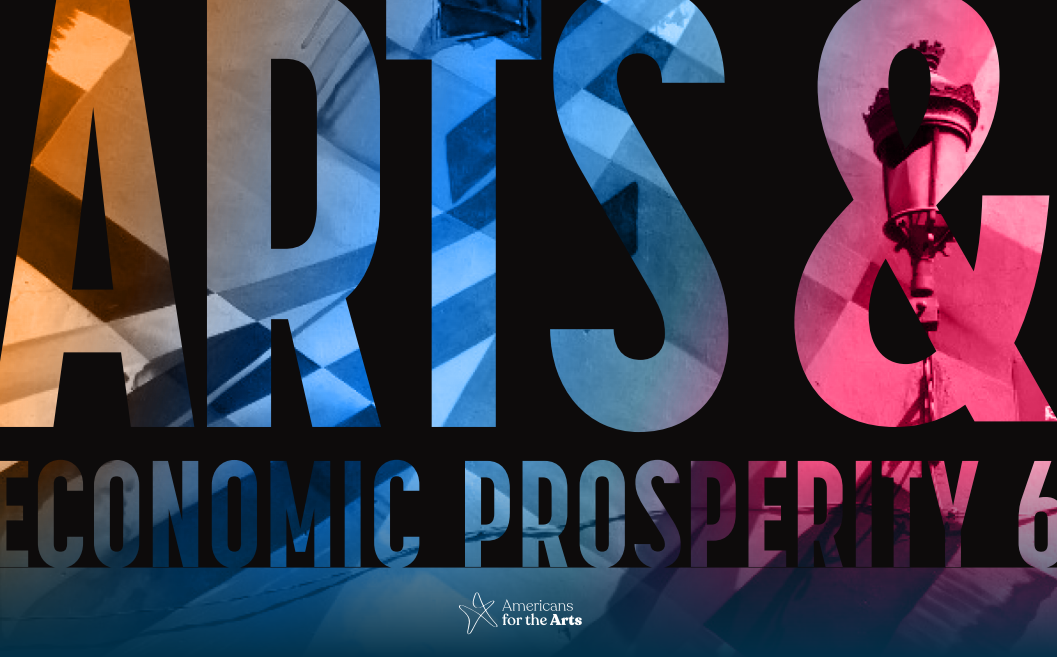The newly released Arts & Economic Prosperity 6 (AEP6) is an economic and social impact study of the nation’s nonprofit arts and culture industry. Building on its 30-year legacy as the largest and most inclusive study of its kind, AEP6 provides detailed findings on 373 regions from across all 50 states and Puerto Rico — ranging in population from 4,000 to 4 million — and representing rural, suburban, and large urban communities.
With its largest cohort ever, AEP6 uses a rigorous methodology to document the economic contributions of the arts and culture industry, demonstrating that nonprofit arts and culture are a critical economic driver of vibrant communities. The arts and culture industry supports jobs, generates government tax revenue, strengthens the visitor economy and community vibrancy, and helps to preserve authentic cultural experiences.
Top AEP6 Takeaways in the State of Utah
- In the State of Utah, the arts and culture sector generated $1.1 billion in economic activity during 2022 — $335.6 million in spending by arts and culture organizations, and an additional $730.8 million in event-related expenditures by their audiences. That economic activity supported 17,471 jobs, provided $626 million in personal income to residents, and generated $193.3 million in tax revenue to local, state, and federal governments.
- Nonprofit arts and culture organizations are businesses. They employ people locally, purchase supplies and services from nearby businesses, and engage in the marketing and promotion of their cities and regions. Their very act of doing business — creating, presenting, exhibiting, engaging — has a positive economic impact and improves community well-being. In the State of Utah, nonprofit arts and culture organizations spent an estimated $$335.6 million, which supported 8,256 jobs and generated $72.2 million in local, state, and federal government revenue.
- Arts and culture drives commerce to local businesses. When people attend a cultural event, they often make an outing of it — dining at a restaurant, paying for parking or public transportation, enjoying dessert after the show, and returning home to pay for child or pet care. Overall, in the State of Utah, attendees spend $39.41 per person per event, beyond the cost of admission. These dollars represent vital income for local merchants and a value-add with which few industries can compete.
- Arts and culture strengthens the visitor economy. In the State of Utah, 10.5% of attendees are nonlocal visitors who traveled from outside the State of Utah; they spend an average of $104.48. Additionally, 39.5% of nonlocal attendees reported that the primary purpose of their visit was specifically to attend the performance, event, exhibit, venue, or facility where they were surveyed.
- A vibrant arts and culture community keeps local residents — and their discretionary dollars — in the community. When attendees were asked what they would have done if the event where they were surveyed had not been available, 56.3% of attendees who live in the State of Utah said they would have “traveled to a different community to attend a similar arts or cultural activity.”
- Arts and culture organizations contribute to community pride in the State of Utah.
- 88.0% of arts and culture attendees agree that the activity or venue where they were surveyed “is inspiring a sense of pride in this neighborhood or community.”
- 85.5% agree that “I would feel a great sense of loss if this activity or venue were no longer available.”
- 79.4% agree that the venue or facility where they were surveyed is “an important pillar for me within my community.”

